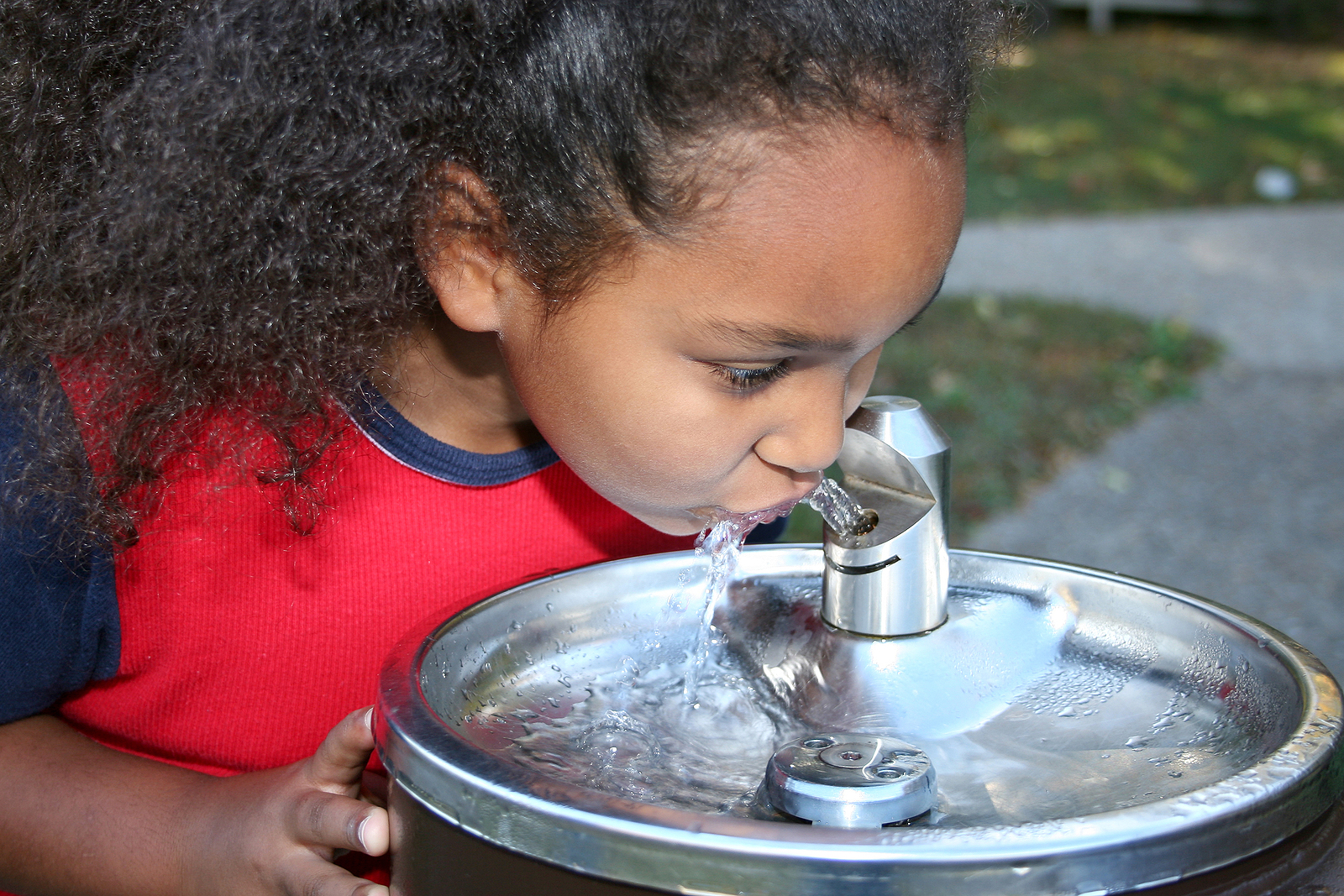
For the first time in Texas, about 25,000 schools and child care facilities will undergo mandated water inspections for lead and copper. This move comes following an update to federal standards on lead and copper exposure.
(Douglas, 2021)
What Is Lead, and How Does Lead Get Into the Water?
Lead is a toxic metal found in all parts of the environment, like air, soil, water, food, etc. Lead is harmful when inhaled or swallowed.
Some homes, schools, and child care facilities, especially those built before 1986, may contain lead service pipes. When these lead pipes corrode, lead can end up in drinking water, and lead exposure is harmful to health, especially for children. Apart from lead pipes, some other sources of lead in drinking water are lead faucets and fixtures.
The amount of lead in the water depends on various factors. Some examples are how long the water stays in the system, the amount of wear in the pipes, the acidity, temperature of the water, the amount and types of minerals in the water, etc.
Here’s a free downloadable worksheet to learn more about lead in drinking water.
Effects of Lead On Children
According to the United States Environmental Protection Agency (EPA) and Centers for Disease Control and Prevention (CDC), there is no known safe level of lead in children’s blood.
Children ages 6 and under are particularly vulnerable and are at the greatest risk. It’s critical to understand that lead’s physical and behavioral effects occur at lower exposure levels in young children than adults.
Even low levels of lead exposure in children can lead to lower IQ, hyperactivity, behavioral and learning problems, anemia, hearing problems, etc.
Lead Testing in School and Child Care Facilities
The only way to determine if lead is present in the school or child care facility’s drinking water is by sampling and laboratory testing.
The Texas Commission on Environmental Quality (TCEQ), the state’s environmental agency, will be responsible for overseeing a plan to test tens of thousands of water systems that serve children throughout the state over the next three years. (Douglas, 2021)
TCEQ offers a free statewide program to help eligible participants conduct voluntary sampling and analysis for lead in drinking water at their schools and child care facilities. The program also focuses on taking corrective action if problems are identified. The test results and plans to reduce lead exposure in drinking water will be shared with parents, students, staff, and the community.
Eligibility for the Program
Currently, there are no federal or state regulations regarding participation in the program. It is entirely voluntary.
While public schools or state-regulated child care facilities are eligible, priority will be given to:
- Schools and child care facilities mainly care for children ages six years and younger.
- Older facilities which are more likely to have pipes and fixtures containing lead.
- Schools and child care programs in low income or underserved areas.
(TCEQ, 2021)
Click here for EPA’s Quick Reference Guide for Schools and Child Care Facilities.
Revisions to the Lead and Copper Rule
One of the primary goals of the EPA’s Revised Lead and Copper Rule is to protect children at schools and child care facilities better. Elementary schools and child care facilities will be required to test the water systems. The facilities must also conduct testing once over five years. After five years, the facilities will continue receiving outreach. They will also have the opportunity to be tested for lead by the system on request.
Schools and licensed child care facilities will have to develop a list of customers or service connections that provide water. The facilities must verify the list every five years. For the first five years, a community water system will collect samples at 20% of elementary schools and 20% of child care facilities from the list every year.
Click here for more detailed information about the Lead and Copper Rule Revision (LCRR).
What TDT Plumbing Is Doing to Fight Lead Leaching
How do you know if the drinking water at school or child care facility is safe? There are testing processes that will measure for the contaminant. It’s why we are considered “pipe forensic” specialists. Clean water is what we do.
TDT Plumbing’s LeadSmart program uses a unique lead remediation process. It has revolutionized how tap water is tested for lead and ensures that it is safe to drink. The EPA-approved LeadSmart program uses on-site water testing equipment and methods for testing lead in drinking water. It also helps to identify the lead contributors and offers a plan for corrective actions.
Aging plumbing can expose water to lead and copper. TDT Plumbing is Texas’ first LeadSmart Water Testing Provider, and this program is covered by over 40 U.S. and international patents.
TDT Plumbing has also put together a guide on what you need to know about the SDWA. You can get a PDF copy of the guide by downloading it here: GET YOUR SDWA GUIDE HERE
Call us at (713) 697-2088 to reach a trained TDT LeadSmart specialist or contact us to schedule your LeadSmart Water Testing. We’re happy to help!
Works Cited
Douglas, Erin. “Texas Prepares to Test for Lead in Schools’ Drinking Water for the First Time.” The Texas Tribune, The Texas Tribune, 28 Jan. 2021, www.texastribune.org/2021/01/28/texas-lead-drinking-water-schools/.
TCEQ. “Voluntary Lead Testing in School and Child Care Drinking Water.” Texas Commission on Environmental Quality, 2021, www.tceq.texas.gov/drinkingwater/lead-testing-school-and-child-care-drinking-water.
